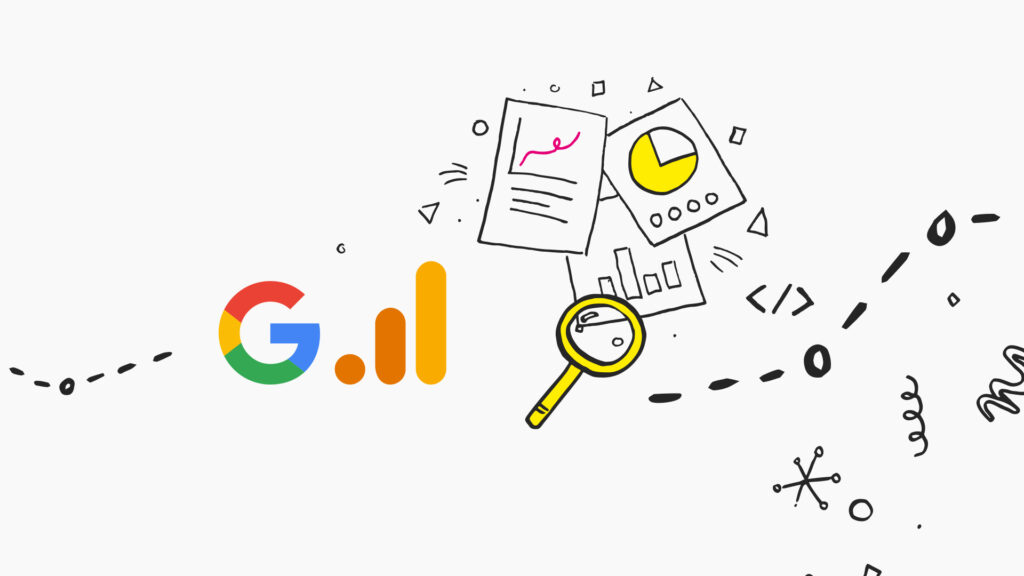Creating personas for the target audience of your brand, product or service is essential in any digital endeavour, but there is often a persona we overlook. It’s less a demographic or audience member, in fact it’s not a ‘being’ at all, really: it’s a search engine.
How is a search engine one of your users?
Once upon a time in the early days of the internet, the web was awash with bad SEO habits. We all ate keyword sandwiches and content was stuffed with buzzwords in the hopes of boosting its ranking.
Content was often unreadable and consequently of little value, while shady tricks reigned supreme. We even saw terrible tactics like hiding white text on a white background, so search engines would pick up on the content and humans were none the wiser.
These unintelligent and somewhat sneaky approaches sufficed for a while, but as the web grew and content expanded, it was no longer enough just to talk to the robots. After all, you can’t con Google into giving you a higher ranking. There are no magic tricks, shortcuts or cheat codes for the 200+ variables your website will be tested against.
Algorithms are now so sophisticated that the only route to the top is through consistently making excellent strategic decisions when it comes to your content.
In order to be found favourably by search engines, you must create intelligent, engaging copy that is a delight to consume. And you need to ensure that whatever you publish is relevant and accessible to both humans and Google, meeting both the intentions and expectations of users.
How to create content that meets the needs of your reader and Google
Humans and search engines are no longer mutually exclusive. Writing for one does not discount or ignore the other. Fortunately for organisations, content creators and our users, when you meet the intentions and expectations of users you are often also meeting the needs of Google.

Illustrations by Kate Evans, UX designer at Nomensa
Google is trying to understand your content and attribute meaning to deliver it to the relevant search terms. It prefers this content. From a semantic perspective, using natural or plain language opens your content. It draws in organic traffic because you are writing in your users’ language and your content answers the questions they have.
Think of Google as if it was a blind user. It cannot currently watch videos or look at the imagery to understand their meaning, which makes it all the more pertinent to follow best accessibility practices and also make sure you answer user needs effectively and efficiently within the content.
The formatting of the page should guide both the user and search engine through the information using structured data, alt text, sub headings and metadata that clearly signpost and help them complete their tasks. Ultimately, this is what search engines like Google are judging you on: how easily and effectively your site solves a user need. In short, you need to strike a balance.
Content provides an answer to a user need. SEO ensures that search engines rank it, so your users can find it.

Google visits your website regularly to update its index and identify what information your website contains. Most importantly, Google works out how it relates to the search results it delivers it own users.
It finds and contextualises any technical, structural and content changes. It follows all available links that relate to your site to understand the authority and relevance it holds.
At Nomensa we have designed and built user centered experiences for many years, a process that sees us take the time to research and understand the needs of users. By considering Google a user and developing a persona to represent them means that its technical needs are also considered at every step.
Design, content and coding all need to be considered through an SEO lens to determine whether the website can be navigated by a search engine’s algorithms. By considering Google as a user and also understanding it’s needs you are making it easy for engines to crawl through a website and understand the value it holds for all users, you can then be confident that it will be indexed and ranked highly.
There is also certainly a merit in incorporating SEO into your user research toolbox. By including it in your QA process, you can flag SEO issues early on and ensure that search engines can easily ‘read’ a website before it goes live. This can also be followed up at regular intervals following the launch to make sure no issues have been introduced when new content is added or changes have been made. As the IOT expands and voice search becomes more pervasive, we can no longer overlook the needs of ‘digital’ users.
If you’re still not convinced, just consider what Google says: “You should optimise your site to serve your users’ needs. One of those users is a search engine, which helps other users discover your content. Search Engine Optimisation is about helping search engines understand and present content.”

Quite simply, an effective SEO strategy is intrinsic to creating excellent user experiences, as what users need naturally aligns with what search engine algorithms crave. Excellent, web-friendly content is relevant, authoritative, useful and usable and part of an unparalleled content strategy.
To learn more about how we can help you capitalise on SEO to enhance your organisation’s outputs, get in touch or browse our SEO services.
We drive commercial value for our clients by creating experiences that engage and delight the people they touch.
Email us:
hello@nomensa.com
Call us:
+44 (0) 117 929 7333




